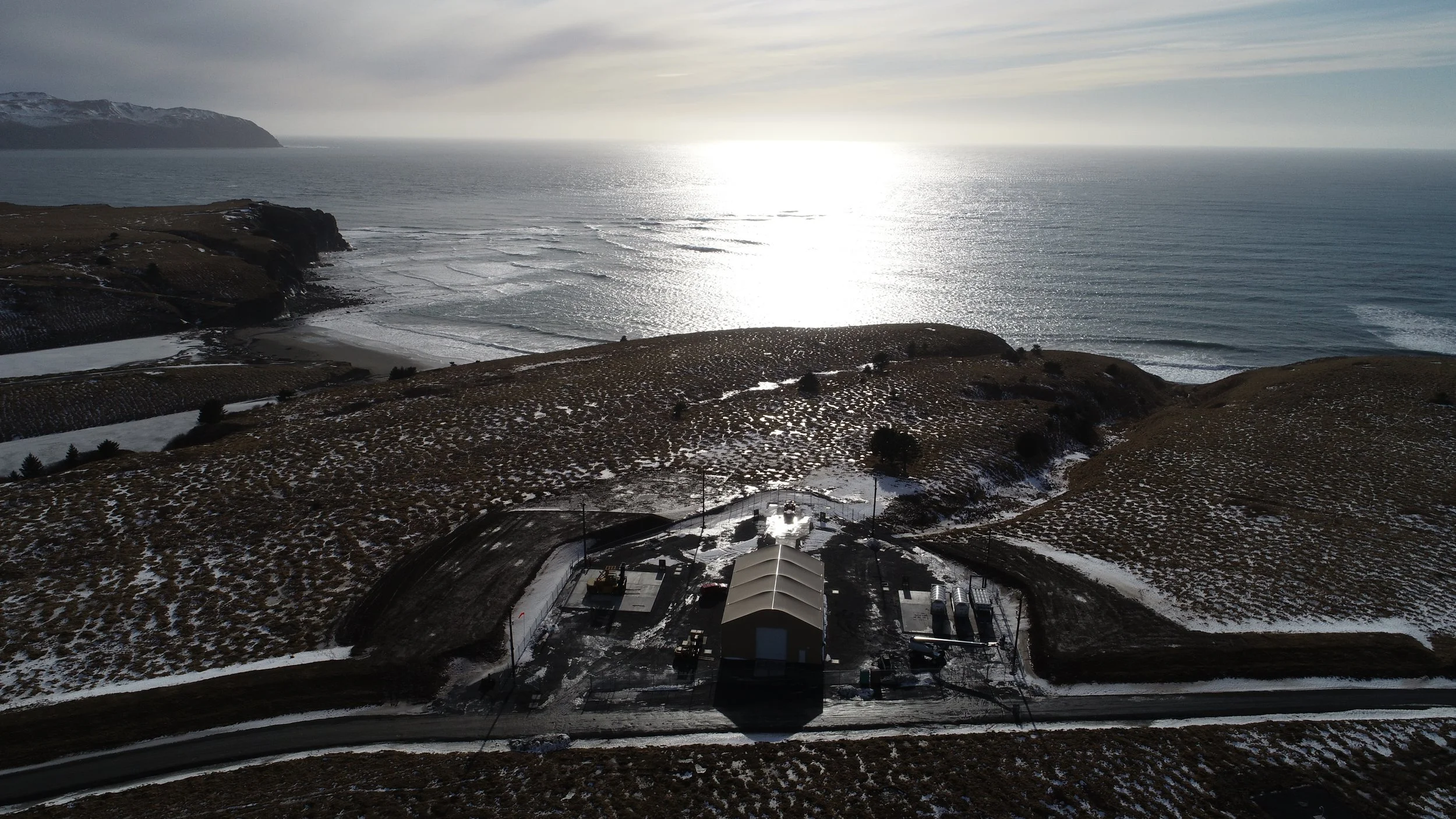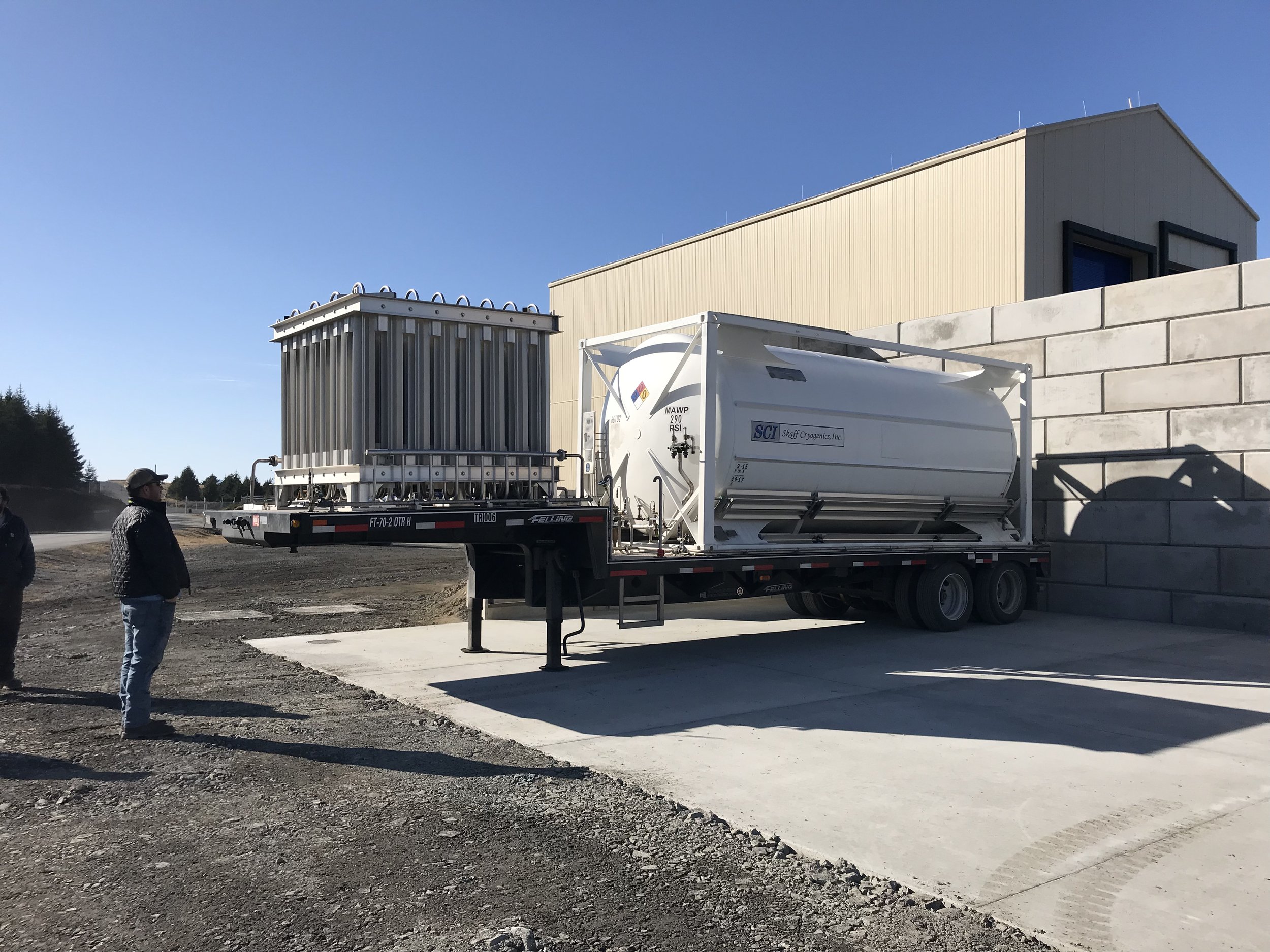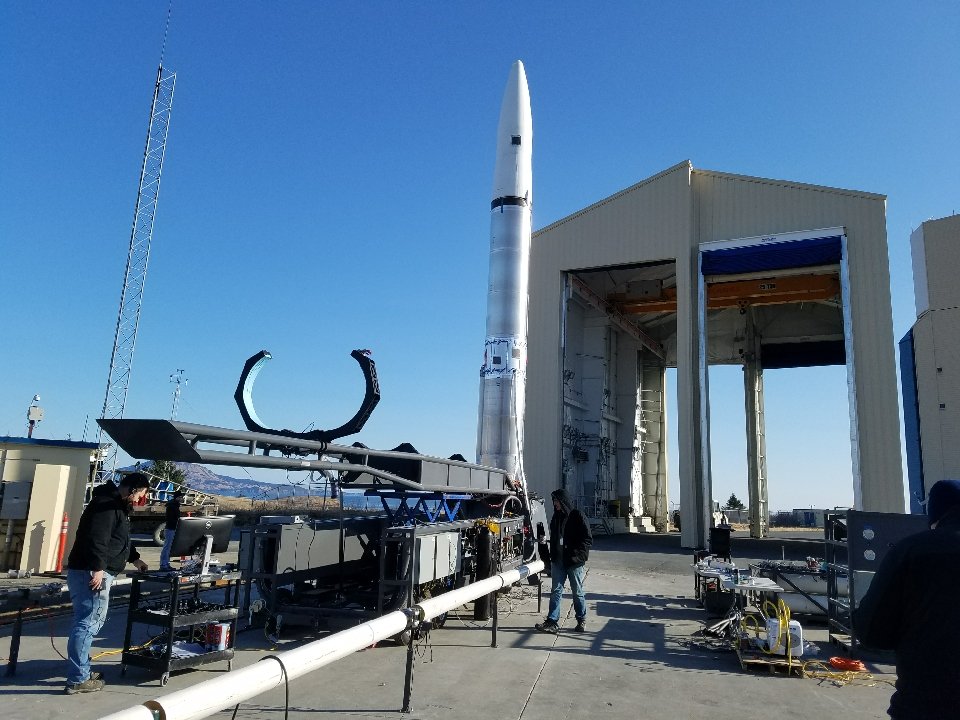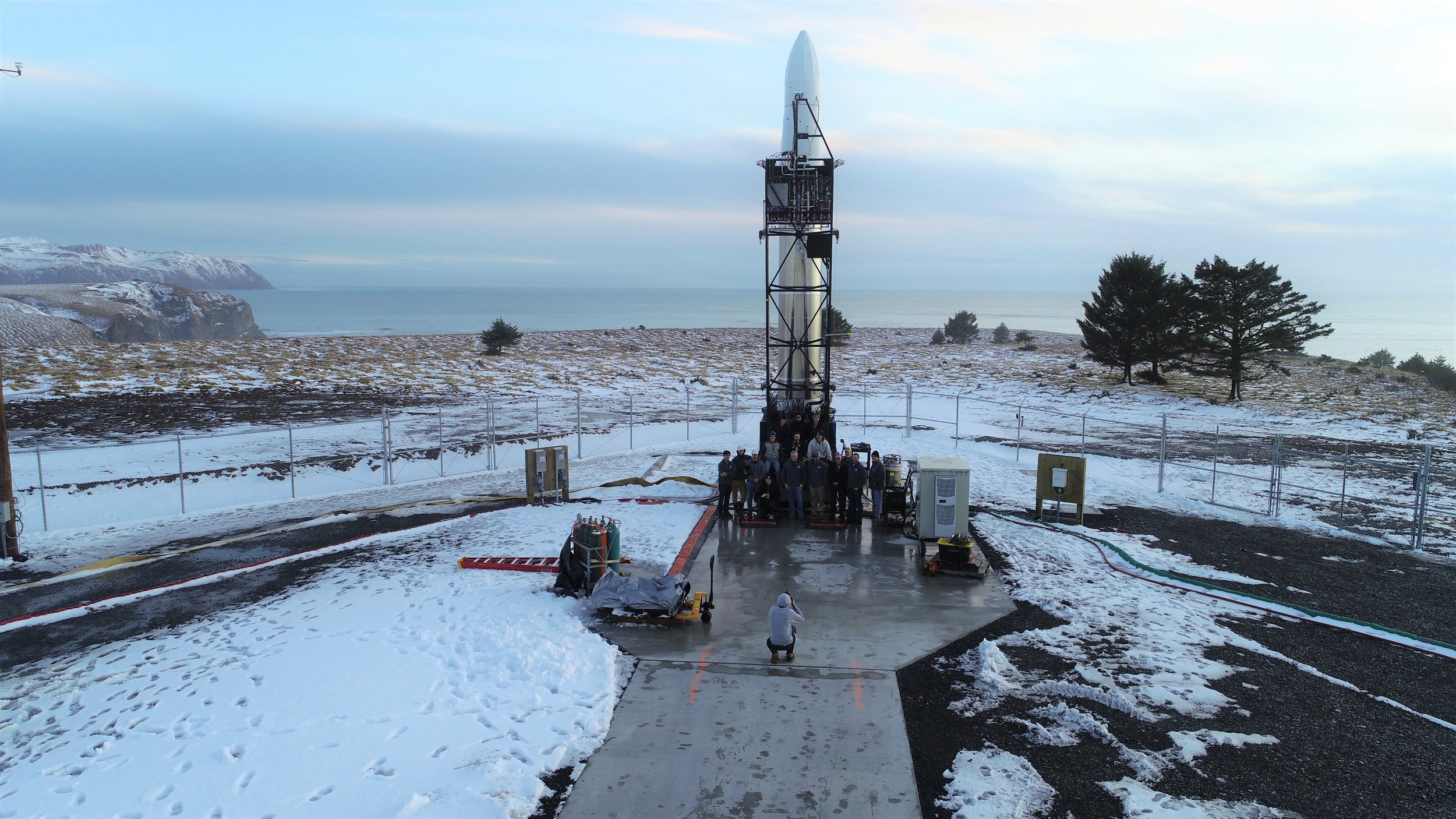The DARPA Launch Challenge
TL;DR
In the fall of 2018, I got a mysterious phone call from someone who’d just toured the Kodiak Launch Site and had a four-hour layover in Anchorage. He invited me to dinner and laid out the rough edge of what became the DLC: a competition between small satellite launchers to put up two satellites within 30-days of each other, with only 24 hours of notice, at multiple sites around the country. He asked if I wanted to join the government team to prep launch pads around the country for include and evaluate rocket companies for techincal readiness. I was in.
Project Quote
“In real life, as in Grand Opera, arias only make hopeless situations worse.”
– Kurt Vonnegut, Timequake

A Grand Vision for the Future of Launch
The United States has long enjoyed strategic access to space from large, fixed launch sites. However, the need for tactical access to space has not yet been adequately addressed. Many companies and government agencies would love to be able to pop up at any range in the country — or even outside of them — and deliver critical small payloads to space.
Enter the DARPA Launch Challenge:
In 2018, DARPA announced its challenge to the space industry to do what no one has done before: launch payloads to orbit on extremely short notice, with no prior knowledge of the payloads, destination orbit, or launch location, and do it not just once, but twice, in a matter of days from an austere launch pad.
The event organizer was on Kodiak getting a lay of the land. He invited me to dinner during his layover in Anchorage, and asked me to join the government team as their launch and logistics expert. I jumped at the chance to help evaluate the eighteen teams that had applied for the program, as well as the dozen or so potential launch sites. What I ended up with was a clear cross-section of the state of small launch in the US.
Contenders and Pretenders
Most of the eighteen applicants to the DLC were not, to put it kindly, real contenders. There were plenty of “paper rockets” which is a term used in aerospace to describe rockets somewhere between conception and reality. Of course, their owners think they’re closer to the latter on the spectrum, however the truth is that most were not even concepts. They were ideas in the strictest sense, as they’d indeed sprung from someone’s mind, but they had little to no funding or physics to back them.
Truthfully, many of the spaceports weren’t much better. As I traveled the country to visit the various ranges both new and familiar, I found that many didn’t want to engage with the challenge. This seemed like a strange attitude for places that were supposedly in the business of launching rockets. Each had their own reasons. Vandenberg, for instance, told us that over a year of notice was simply not enough time. A chorus of 40 old men, all with the same tan khakis and grumpy demeanor chuckled at our ignorance. The Cape directed us down to LC-46 which was run by Space Florida. They were very eager for us to launch, but sharing the pad with their military neighbors meant we wouldn’t have the flexbility we needed. Other smaller pads were unwilling to commit, but were eager to figure out how to secure DARPA funding anyway.
The only place that didn’t mess around, and was also willing to commit to a firm launch date a year in advance, was the Pacific Spaceport Complex Alaska, better known colloquially as the Kodiak Spaceport. We sat down with them, explained the mission, reviewed the safety & range requirements everyone would be held to, then booked the dates on their launch calendar. Easy.
We were having similar trouble with the launch companies themselves. We eventually agreed to let three companies into the challenge: Vector Space, Virgin Orbit, and Astra. Vector was the easiest to work with, but midway through the challenge Sequoia pulled their funding and the company vaporized overnight. Virgin Orbit made it clear they found the challenge to be a distraction and only participated through early milestones to get free award money. Though they claimed they were ready for launch, their actual first launch didn’t happen until three after the DLC ended. Hmmm. Curious. They ended up performing their final launch exactly two years after that, before going bankrupt, laying off staff, and giving their executives golden parachutes. Lovely.
There Can Be Only One, or None
That left our friends at Astra as the Goldilocks team that was both ready enough, and flexible enough, to adapt to the challenge. As the final other pads dropped away, the final pairing became Astra and the Kodiak Spaceport. This should have been great news for Astra, as they’d already launched from Kodiak a couple times before (though both were unsuccessful.) They knew the lay of the land, the range staff, and how to operate there.
In my role on the DLC team, I was not able to help the teams directly. For once, I got to sit back and watch a launch proceed, taking notes along the way. I observed that launches are never easy. Even operating from a known spaceport, the team ran into a number of difficulties with their rocket.
The team only had a small window to operate within. As they counted down to zero on the last day, in the last launch window, we all waited with bated breath. Then, just before zero, they aborted. There would be no launch.
So where did that leave us? Here’s how DARPA summed it up:
On March 2, 2020, DARPA’s Launch Challenge came to a close with many lessons learned, including the ability to achieve launch-readiness with minimal infrastructure and little knowledge of launch conditions, but there was no winner. Less than two years from its start, DARPA’s effort to develop new and more agile approaches and processes associated with space launch ended with the lone Launch Challenge participant – Astra – scrubbing its launch attempt with less than a minute left in the countdown before liftoff. Astra faced technical and weather-related issues during the roughly two-week window of the Challenge campaign, which ran February 17 - March 2 in Kodiak, Alaska, at the Pacific Spaceport Complex - Alaska (PSC-A).
The dream of truly tactical access to space went unrealized. Since then, Virgin Orbit has shut down, Astra is on the brink of bankruptcy, and other small launch providers struggle to launch. Three years after the challenge ended, the dream of tactical launch remains unrealized.

The DARPA team helped increase on-site capability through infrastructure investments, similar to this one that was done on the LP-2 pad for another campaign previously.

Astra had attempted to launch from Kodiak a couple of times before. I was the initial designer of their ground fluid systems, and served as a field lead engineering during their first campaigns. This photo is from one of those before DLC.

This is a drone photo I took of Astra's rocket on the pad they'd try to launch from for the DLC.

Here's the Astra and DARPA teams with the rocket raised on the pad. Why so many photos of the Astra rocket? Because it was the only one that made it to the pad ... though it never made it *off* the pad.

This is an unrelated picture, but it was too funny not to include. One time during a launch campaign I got asked to pickup a new rocket engine from the local UPS warehouse. When I arrived, everyone acted like it contained plutonium. I was driving a little 4Runner, so I had a friend-of-a-friend come by and slide it into the bed of his truck. Truly scrappy!

